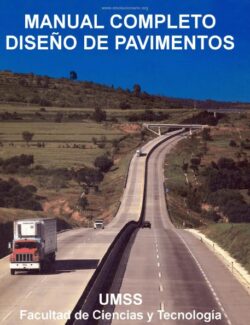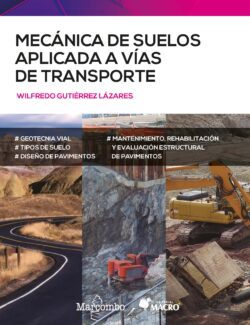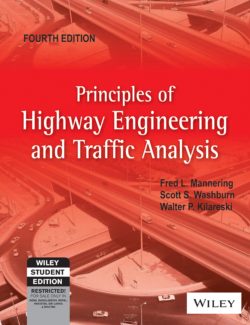Descripción
Las primeras cuatro ediciones de Principios de Ingeniería de Carreteras y Análisis de Tráfico buscaron redefinir cómo se enseñan los cursos de ingeniería de transporte de nivel de entrada. Cuando se publicó la primera edición hace más de dos décadas, existía la necesidad de un libro de ingeniería de transporte de nivel de entrada que se centrara exclusivamente en el transporte por carretera y proporcionara la profundidad de cobertura necesaria para servir como base para futuros cursos de transporte, así como el material necesarios para responder preguntas que probablemente aparezcan en los exámenes de Fundamentos de ingeniería (FE) y/o Principios y práctica de ingeniería (PE) en ingeniería civil. El uso posterior de las diversas ediciones de este libro, a lo largo de los años, en algunas de las escuelas más grandes y prestigiosas de los EE. UU. y de todo el mundo sugiere que la visión de un libro básico conciso, altamente enfocado y bien escrito es compartida por muchos educadores.













Déjanos un comentario
No hay comentarios